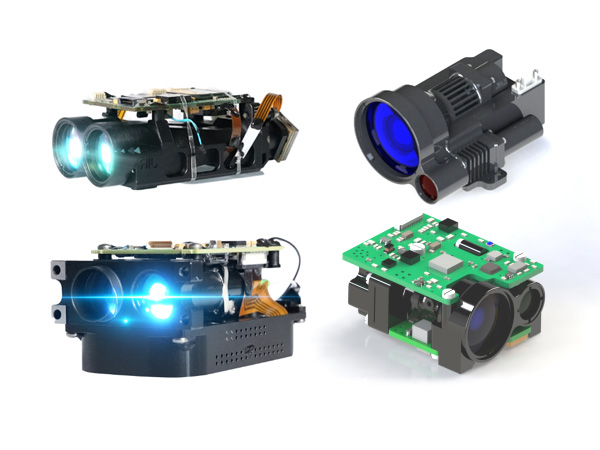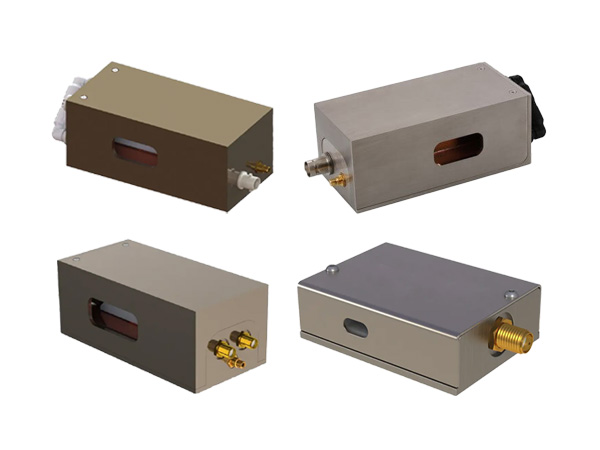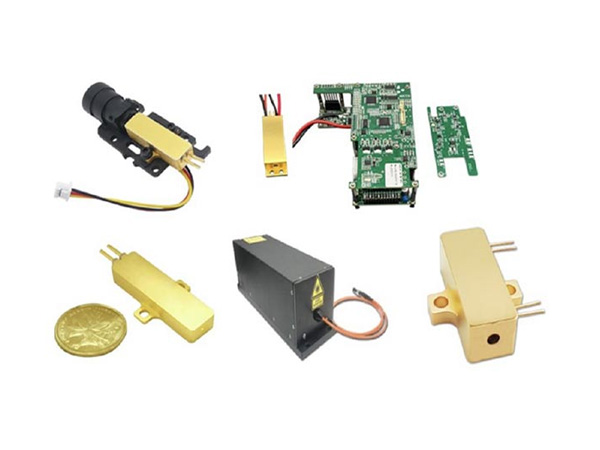Basics of Beam Expander
The laser beam enter a beam expander after the laser beam is generated in the laser resonator. The most common type of beam expander is derived from the Galilean telescope which usually has one negative input lens and one positive output lens. The input lens presents a virtual beam focus at the output. For low expansion ratios(1.3-20´) the Galilean telescope is most often employed due to its simplicity, small package size and low cost.
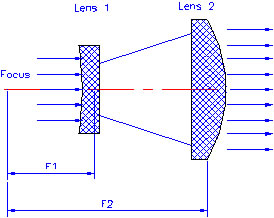
Schematic Diagram of Beam expander
The lens 1 focuses the laser beam from the laser generator on the front focus plane and the new beam waist w¢0 and pergence angle q¢ can be represented as
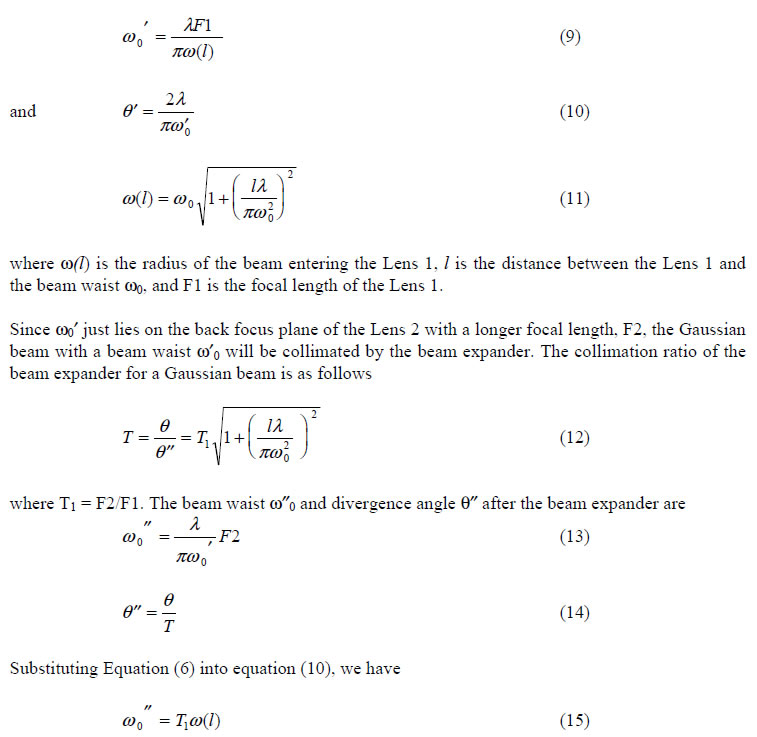
From above equations, we can conclude that the beam expansion ratio and the collimation ratio for a Gaussian beam depend not only on the specifications of the beam expander, but also on the laser beam parameters as well as the positions of the optical lenses.
The function of a beam expander is to reduce the laser beam angle and thus make the focused beam diameter smaller. For a beam expander with 2 lenses, the spacing bewtween the 2 lenses should be F2-F1. In the adjustable beam expanders, the first lens (Len 1) can be movable a little fro and back to change the spacing between the 2 lenses a little, then resulting the small change of the beam diameter and beam divergence. However, this change may result in image distortion a little. So the purpose of this adjustment is not used to change the beam performance and may just be for precision improvement. If you want to change/adjust the expansion ratio, beam diameter or beam divergence, you may use a zoom beam expander.
We can provide all types of beam expanders such as fixed beam expanders and variable beam expanders (zoom beam expanders) at various laser wavelengths such as 1064nm, 432nm, 355nm, 266nm, 10.6um, 980nm and 1550nm etc.For more information, please click here.
Relevant references:
Basics of f-theta lens
Optics for laser scanners
Basics of 2-axis laser scanner (marking system
Mini fiber laser marker
DPSS laser marker
 English
English Français
Français Deutsch
Deutsch euskara
euskara Русский язык
Русский язык Italiano
Italiano Português
Português Nederlands
Nederlands Polski
Polski Greek
Greek Lietuva
Lietuva Türkçe
Türkçe 日本語
日本語 한어
한어 中文
中文 தாமில்
தாமில் فارسی
فارسی हिंदी
हिंदी Tiếng Việt
Tiếng Việt ภาษาไทย
ภาษาไทย Pilipino
Pilipino Indonesia
Indonesia தாமில்
தாமில்


